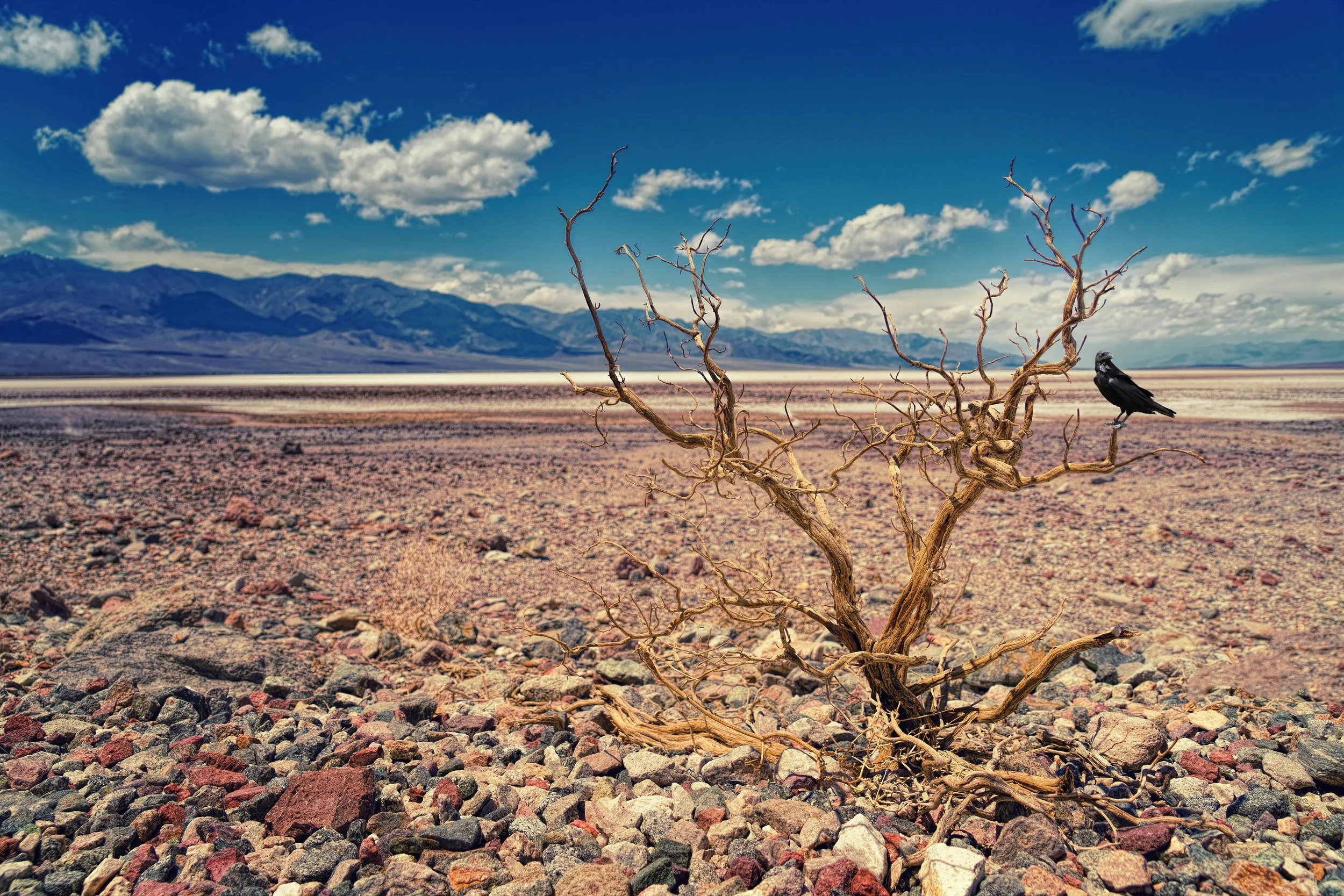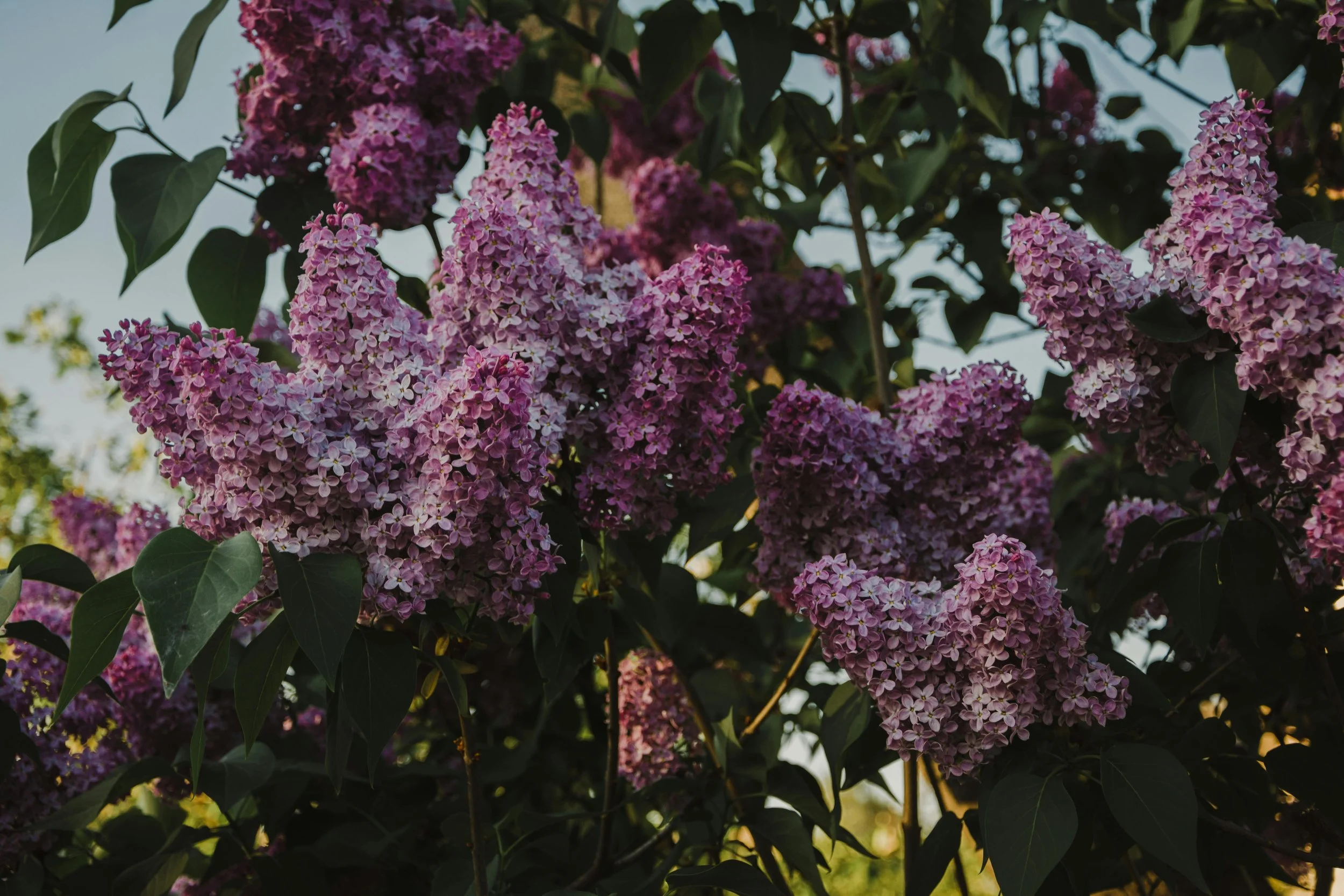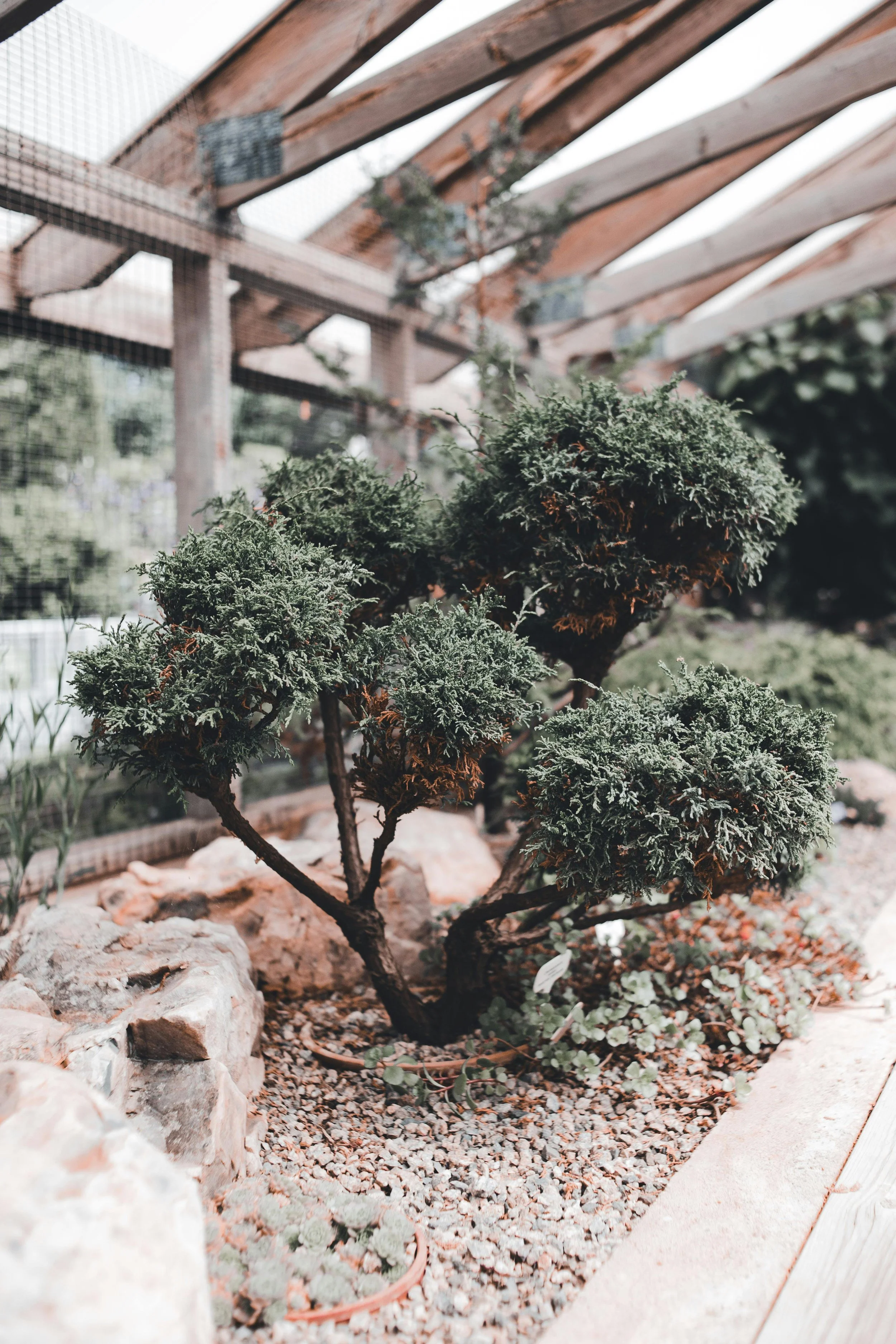Best Drought- Resistant Plants for Cheyenne Wyoming
Introduction
If you’ve ever tried to garden in Cheyenne, Wyoming, you know it’s not for the faint of heart. Between the strong winds, dry conditions, and rocky soil, even the most well-meaning garden plans can quickly turn into a lesson in humility. I’ve been there—excited to build a lush, colorful yard—only to have drought-tolerant plants shrivel under the intense sun or get battered by late spring gusts that seem like they belong in a different season entirely.
But after a few failed attempts and lots of learning, I’ve discovered that success in a Wyoming garden doesn’t come from fighting nature—it comes from working with it. That means choosing native species, understanding soil type, and creating a water-wise garden that can handle arid conditions with less water and less maintenance.
This guide will walk you through the best drought-resistant plants for Cheyenne and surrounding areas—from hardy perennials and colorful annuals to tough native shrubs, fast-growing trees, and even a few herbs that pull double duty as both beautiful and practical. We’ll also talk about how to plan your landscape design around things like soil moisture, wind exposure, and water loss—all with real-life tips and stories (including some of my own flops) to help you avoid common mistakes.
Gardening here isn’t always easy—but it is absolutely worth it. With a little patience and the right plants, you can build a sustainable garden that supports local wildlife, adds charm to your outdoor spaces, and thrives through every dry season Cheyenne throws your way.fference.
Understanding Cheyenne’s Gardening Conditions
If you’re new to gardening in Cheyenne—or even if you’ve lived here your whole life but never dug into the soil—you’ll quickly discover that this area plays by its own set of rules. Located in USDA Hardiness Zone 5a, Cheyenne’s continental climate means long, dry winters, late spring frosts, sudden hailstorms, and fierce winds that seem to blow year-round. Add in clay soil, erratic rainfall, and high elevation, and you've got a recipe for gardening frustration—unless you plan ahead.
I learned this the hard way with a pair of lilac trees I was so excited to plant. They were a thoughtful gift from my mother-in-law, who picked them up at Grant Farms in Wellington, CO. These weren’t just any trees—they were meant to grow into big, beautiful landscaping staples with fragrant spring blooms. I planted them on a slope in our yard, eager to see them take off. I watered and watered—probably too much—and waited.
But nothing happened.
Actually, something did happen. They wilted, then shrivelled, and eventually died. I was heartbroken. All that effort and excitement, gone. The worst part? I later learned it wasn’t really the trees—it was my lack of understanding. I hadn’t accounted for the soil quality or the slope. Every bit of water I gave them just rolled downhill, doing nothing for the roots. On top of that, the exposed spot took the full force of Cheyenne’s harsh winds and drying sun. It was a tough (and expensive) lesson about soil moisture, drainage, and matching the right plants to the right place.
If you’ve had similar struggles, you’re not alone.
Success in this region means embracing our limitations: we have clay-heavy soils that often repel water, low organic matter, and very little natural protection from water loss or evaporation. Add that to an average of just 15 inches of annual precipitation, and it becomes clear that any plant that needs a lot of water or doesn’t like wind probably isn’t going to last long.
That’s why drought-tolerant plants, especially those that are native to the Front Range, grass prairie, and high plains, are the real MVPs of the Wyoming landscape. They’re already adapted to wind exposure, low soil moisture, and less water, and many also support local wildlife and help create wildlife habitats that restore the natural ecological balance.
Before you plant anything, take time to assess:
Soil type: Is it sandy, clay-heavy, compacted? You can improve structure with organic matter, but choose plants that tolerate your starting point.
Sun exposure: Most of Cheyenne is full sun, but some areas get partial shade from fences, buildings, or mature trees.
Wind protection: Try not to plant delicate species on open slopes or corners where wind is strongest.
Water drainage: Sloped areas need plants that thrive in well-drained soil and can handle water quickly running off.
If I’d known then what I know now, I would have looked for native shrubs or deep-rooted perennials better suited to that hill—plants that could dig in and thrive where those lilacs just couldn’t.
Don’t be discouraged by past failures. Gardening here is more about learning than perfection. And with the right prep, you can build a landscape that doesn’t just survive, but truly shines—no matter how dry, windy, or wild the season gets.
Why Go Native and Drought-Resistant?
After struggling with Cheyenne’s wind, clay soil, and drought, many of us start looking for plants that don’t just survive—but thrive—in our unique climate. That’s where native plant species and drought-tolerant plants shine.
Plants that have evolved in the Front Range and high plains are already used to low rainfall, arid conditions, and well-drained soil. They’re tough, reliable, and a better fit for the Wyoming landscape than the big-box nursery options that might look appealing but require more water use, more maintenance, and more disappointment.
Choosing native and drought-tolerant plants isn’t just a smart gardening choice—it’s also an investment in a healthier, more resilient local environment. Here’s why:
Water conservation: These plants need less water, helping you cut down on costs and reduce reliance on irrigation.
Low maintenance: Once established, they need less time and attention—perfect for busy lifestyles or folks new to gardening.
Soil adaptability: They’re already equipped to handle clay soil, low organic matter, and high winds.
Ecological benefits: Native plants support pollinators, birds, and small mammals. They’re a critical part of local wildlife habitats and promote ecological balance.
Resilience: You’ll find that many native plants come back year after year, bloom at the right time (like late spring or early summer), and resist common issues like black spots, mildew, or deer.
Local Resources in Cheyenne, Wyoming
Not sure where to begin? These local and regional resources can help you choose the right plants, understand your soil type, and even get zip code-specific advice:
Cheyenne Botanic Gardens (710 S Lions Park Dr, Cheyenne)
Offers classes, events, and native plant demonstration gardens. Their experts can help you understand soil quality, water-wise garden design, and recommend plants suited to Cheyenne’s climate.
👉 https://www.botanic.orgUniversity of Wyoming Extension – Laramie County Office
A goldmine of free info! They provide soil testing, planting guides for Hardiness Zone 5a, and tips for growing in drought conditions.
👉 https://wyoextension.org/laramiecountyHigh Plains Environmental Center (HPEC) – Loveland, CO
While not in Cheyenne, they specialize in native plants and their website is full of educational resources and native plant lists for the Front Range and Wyoming gardens.
👉 https://suburbitat.orgGrant Farms, Wellington, CO
Where I got my ill-fated lilac trees—but also a great place for regional plants if you know what to look for. Ask their staff about native shrub varieties and drought-tolerant landscaping options.Wyoming Plant Company, Casper, WY
A trusted nursery that stocks native grasses, wildflowers, and perennials suited to our dry, windy state’s climate.
👉 https://wyomingplantcompany.com
Don’t hesitate to visit these places, ask questions, or grab a brochure on drought-resistant gardening. You’ll walk away with more than plants—you’ll gain knowledge that saves time, money, and heartache (trust me!).
Great Drought-Tolerant Plants for Cheyenne Landscaping
Let’s be honest: gardening in Cheyenne can feel like an uphill battle (sometimes literally—hello dead lilacs on a hill). But the secret to a successful Wyoming garden really comes down to picking the right plants. Once you do, everything else—water needs, maintenance, and even how often you have to be out there battling weeds—gets a whole lot easier.
Below is a list of native and drought-tolerant plants that have proven to do well in our continental climate and high-altitude conditions. Whether you’re planting for color, structure, or wildlife support, these plants are not only tough—they’re beautiful and rewarding too.
Perennials: Hardy Beauties That Keep Coming Back
These are your low-maintenance heroes. Once they get through their first year (when they need a little more love), they’re set up to thrive for seasons to come.
Yarrow (Achillea millefolium)
This native wildflower does great in well-drained soil with very little water. It’s one of the first to bloom in early summer, and pollinators love its flat-topped white flowers. Bonus: It handles wind and deer.Blanket Flower (Gaillardia)
This was one of the first perennials I planted after my lilac mishap. Bright and cheerful, it doesn’t seem to care if you forget to water it once in a while. Thrives in arid conditions and poor soil.Penstemon (Beardtongue)
With tall flower spikes and low water needs, penstemon adds vertical interest to a rock garden or border. Choose native species to support hummingbirds and bees.Purple Coneflower (Echinacea)
This one's a good choice for pollinator-friendly flower beds. It handles dry conditions and looks stunning mixed with native grasses.Russian Sage (Perovskia atriplicifolia)
A personal favorite—tall, silver-blue, and smells like summer. It’s practically impossible to kill once established and pairs beautifully with native shrub and ornamental grasses.Lavender
Decorative and practical. Lavender holds its own in our dry heat, is deer resistant, and adds a pop of calm color and scent.
Annuals: Pops of Color With Minimal Fuss
If you’re looking for seasonal color or want to experiment without commitment, these drought-tolerant annuals are a great way to get started.
Zinnias
Bold, colorful, and surprisingly forgiving in full sun. Once established, they need less water than most bedding plants.Portulaca (Moss Rose)
Tiny but mighty, these succulent-like plants spread fast and handle heat like champs. Great for the edges of beds or even in containers.Dusty Miller
Its silvery foliage makes it a striking companion plant. I tucked some next to my Russian Sage last year—zero regrets.Cosmos
Airy, whimsical flowers that thrive in dry, nutrient-poor soil. Plant them and forget them—they’ll do their thing.
Shrubs & Trees: Add Structure and Shade
These are the plants that shape your yard—providing windbreaks, shade, and a place for local wildlife to hide and nest.
Rabbitbrush (Chrysothamnus nauseosus)
Blooms late summer with fluffy yellow flowers. This one is a native shrub that truly belongs in the Wyoming landscape. Bees and butterflies will thank you.Serviceberry (Amelanchier alnifolia)
This shrub/small tree combo is a showstopper. White flowers in early spring, edible berries in summer, and fiery fall color.Rocky Mountain Juniper
Evergreen, sculptural, and wind-resistant. Once established, it asks for next to nothing—ideal for xeriscaping.Ponderosa Pine
One of the best trees for Cheyenne’s dry conditions. Its deep roots make it resilient against wind and water loss.Hybrid Poplar
Fast-growing and great for screening or quick shade. They do well if you have room and can water a little more the first year.American Elm & Live Oak (disease-resistant varieties)
If you're after shade trees with low maintenance costs, these two are worth asking about at local nurseries like Wyoming Plant Company or Cheyenne Garden Center.
Herbs: Beautiful, Edible, and Drought-Tough
These functional plants do double duty. Tuck them into vegetable gardens, borders, or even rock gardens.
Thyme
Low-growing and fragrant. It’s perfect for walkways and can even grow between pavers.Sage
From cooking to curb appeal, sage thrives with little water and loves full sun.Oregano
A tough little herb that spreads easily, looks great spilling over the edge of a bed, and handles Cheyenne’s winds like a champ.Lavender
Yes, again! It fits just as well in the herb section as it does with perennials. Drought-hardy, pollinator-friendly, and pretty enough for any landscape.
Final Thoughts: Growing Through Trial and Error
If you’ve made it this far, take a breath and pat yourself on the back—you’re doing the hard part already: learning. And trust me, gardening in Cheyenne is no joke. Between the late spring snowstorms, gusty winds, and soils that feel more like bricks than earth, it’s easy to feel like nothing will ever grow. But that’s just not true.
Maybe you’ve had your own version of the dead lilac trees on the hillside, or maybe you’re staring at a spot in your yard that nothing seems to survive in. Guess what? That’s not failure—it’s just one more step toward figuring out what will work. Every so-called mistake teaches you something, whether it’s about soil moisture, sun exposure, or how fast water loss happens on a slope in July.
The truth is, great gardeners aren't born—they're made from seasons of learning, adapting, and growing right alongside their plants. You’re not behind. You’re not bad at this. You’re just discovering all the ways not to garden in Wyoming before finding the plants that love it here as much as you do.
So don’t give up. Use the native plants, try drought-tolerant landscaping, experiment with wood chips, or install a drip irrigation system if that’s in reach. Start small with a few herbs in a rock garden, or test out a native shrub where the wind whips through. You might be surprised what survives—and even thrives.
And remember, gardening here isn’t about perfection. It’s about resilience, adaptation, and finding joy in the process. Every flower bed you plant, every fruit tree you try, and every bare patch of clay soil you reclaim is a step toward creating something beautiful—not just for you, but for your whole local environment.
Happy gardening, friend. You’ve got this.
Keep Growing: Related Posts You’ll Love
Ready to dig deeper into Wyoming-friendly gardening? Check out these posts for even more help and inspiration:






